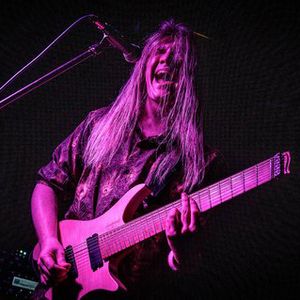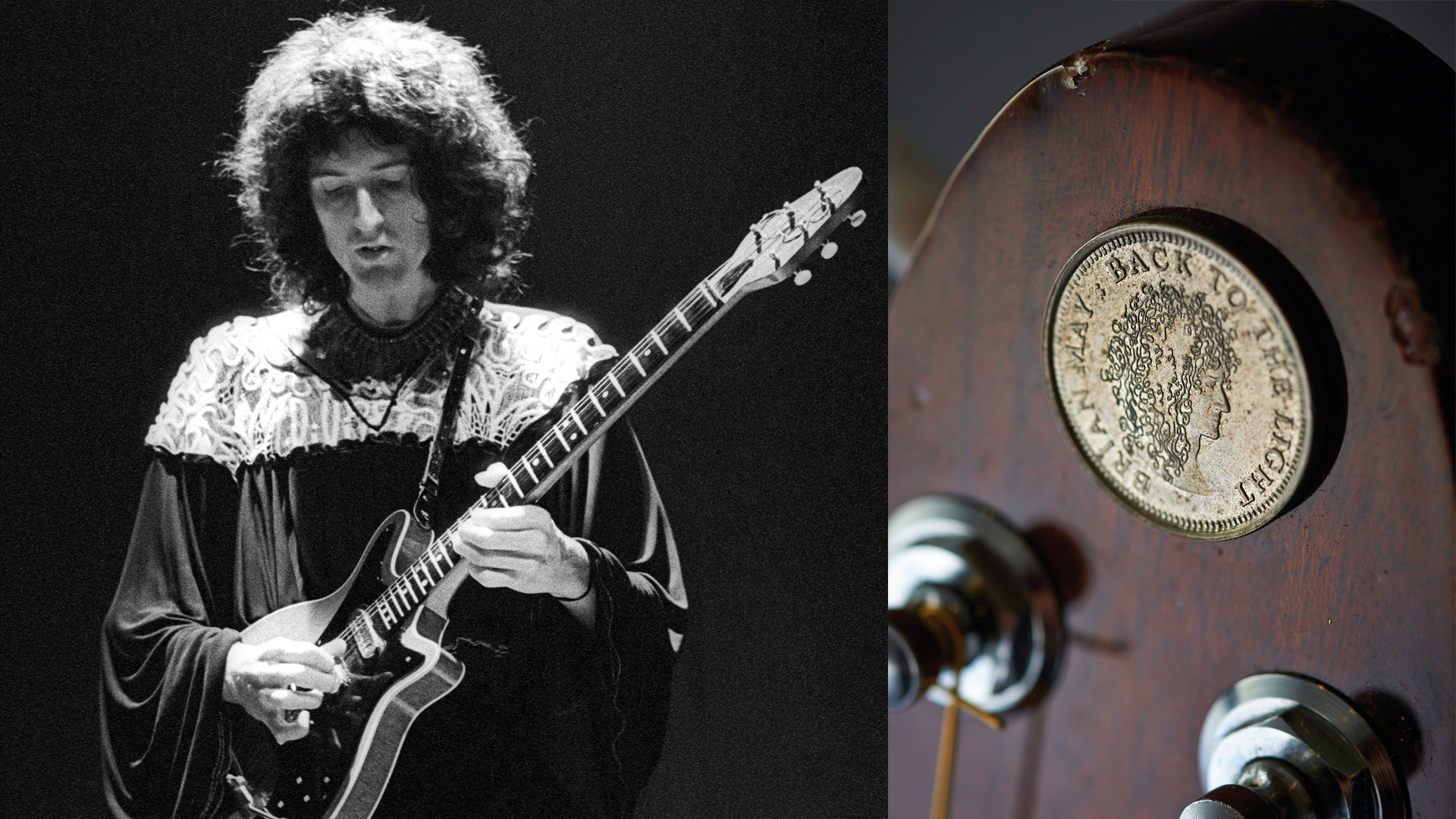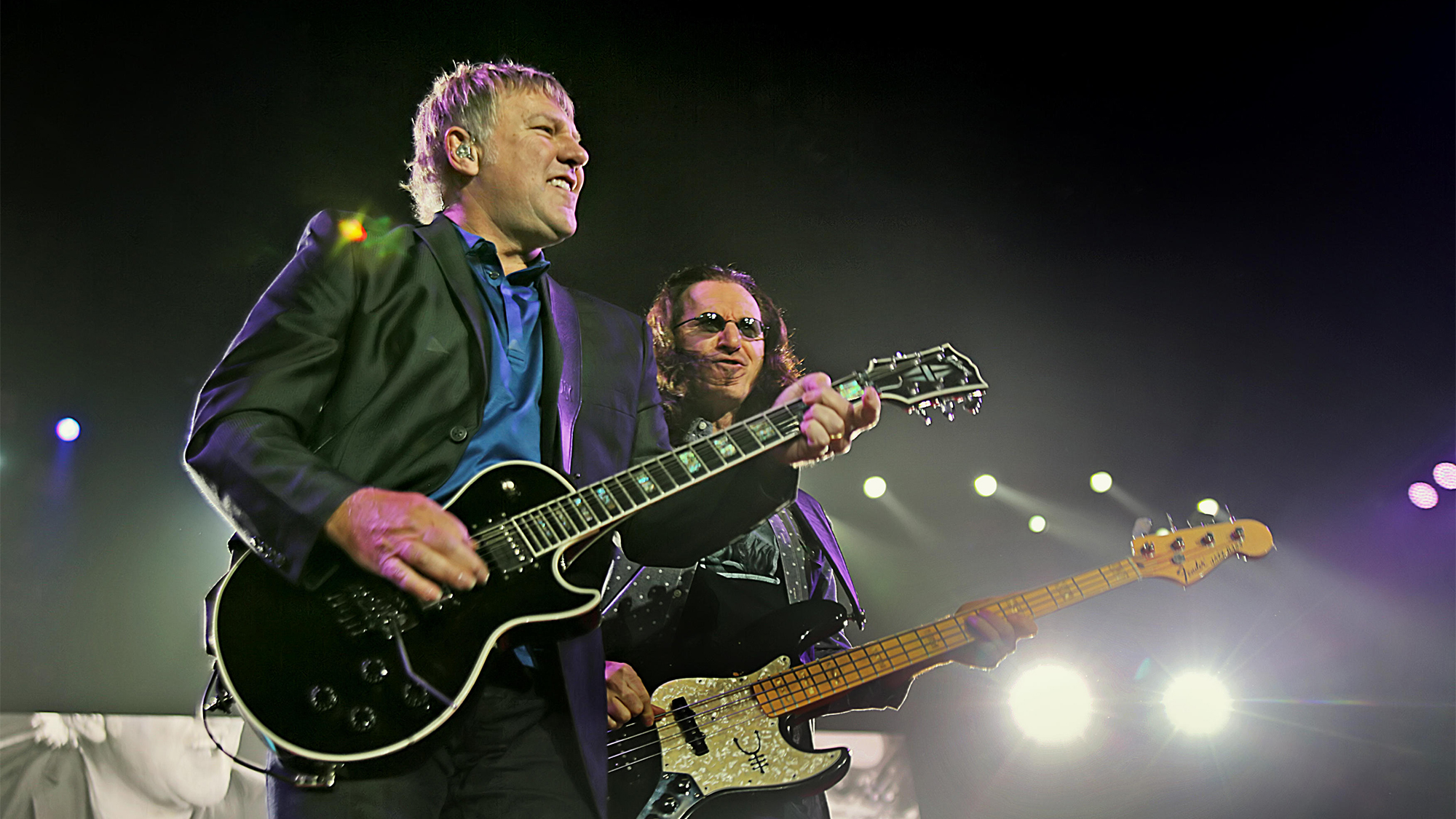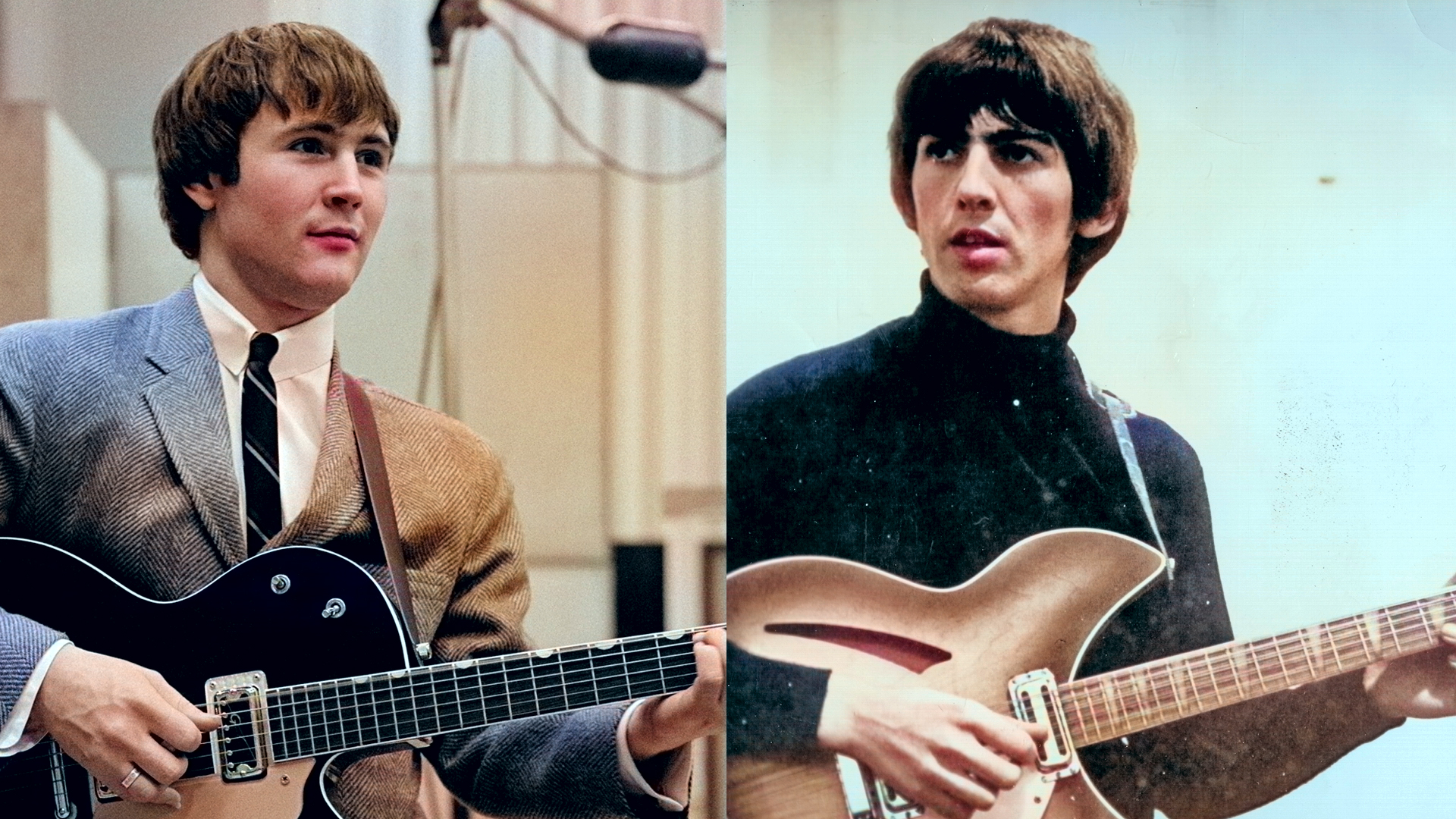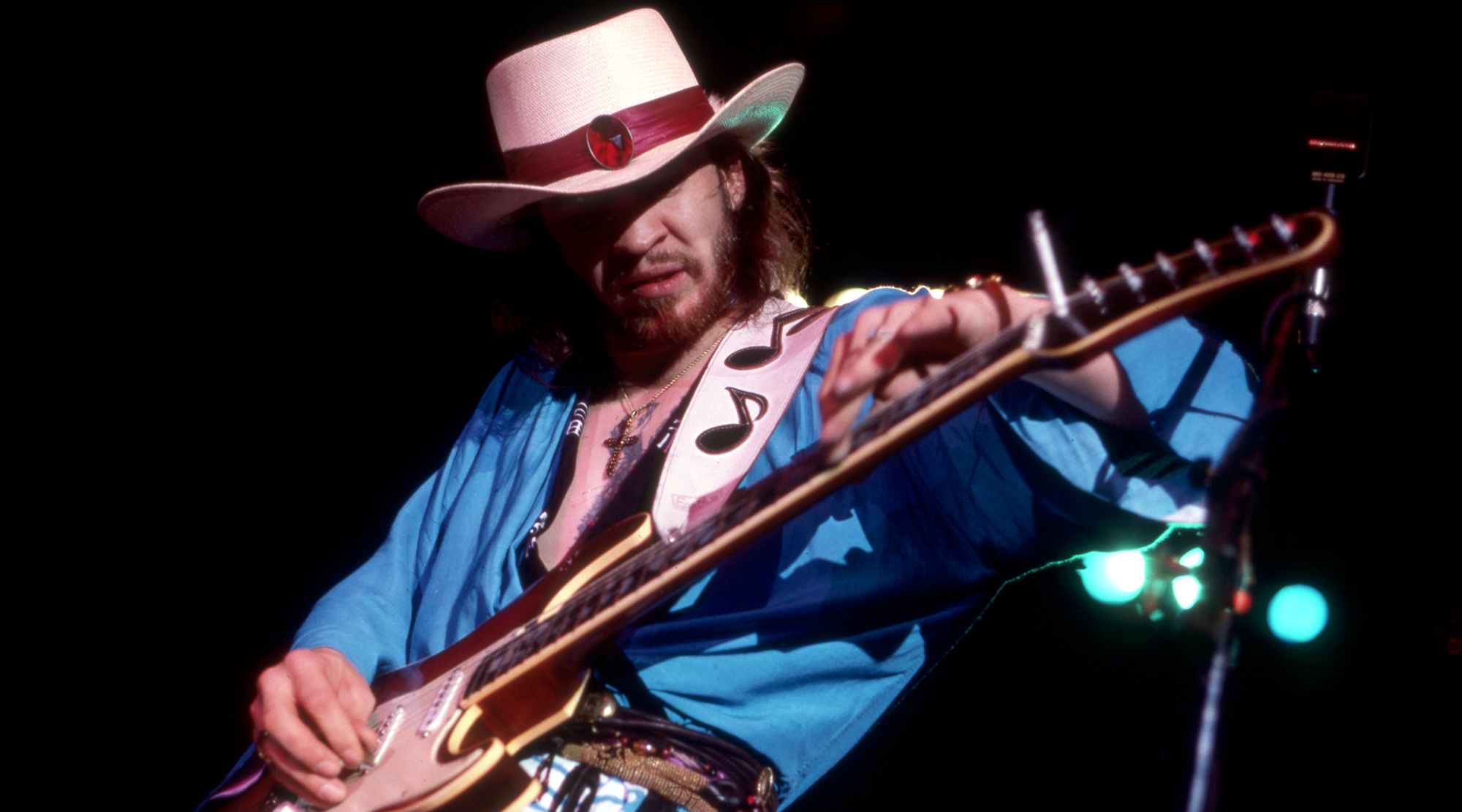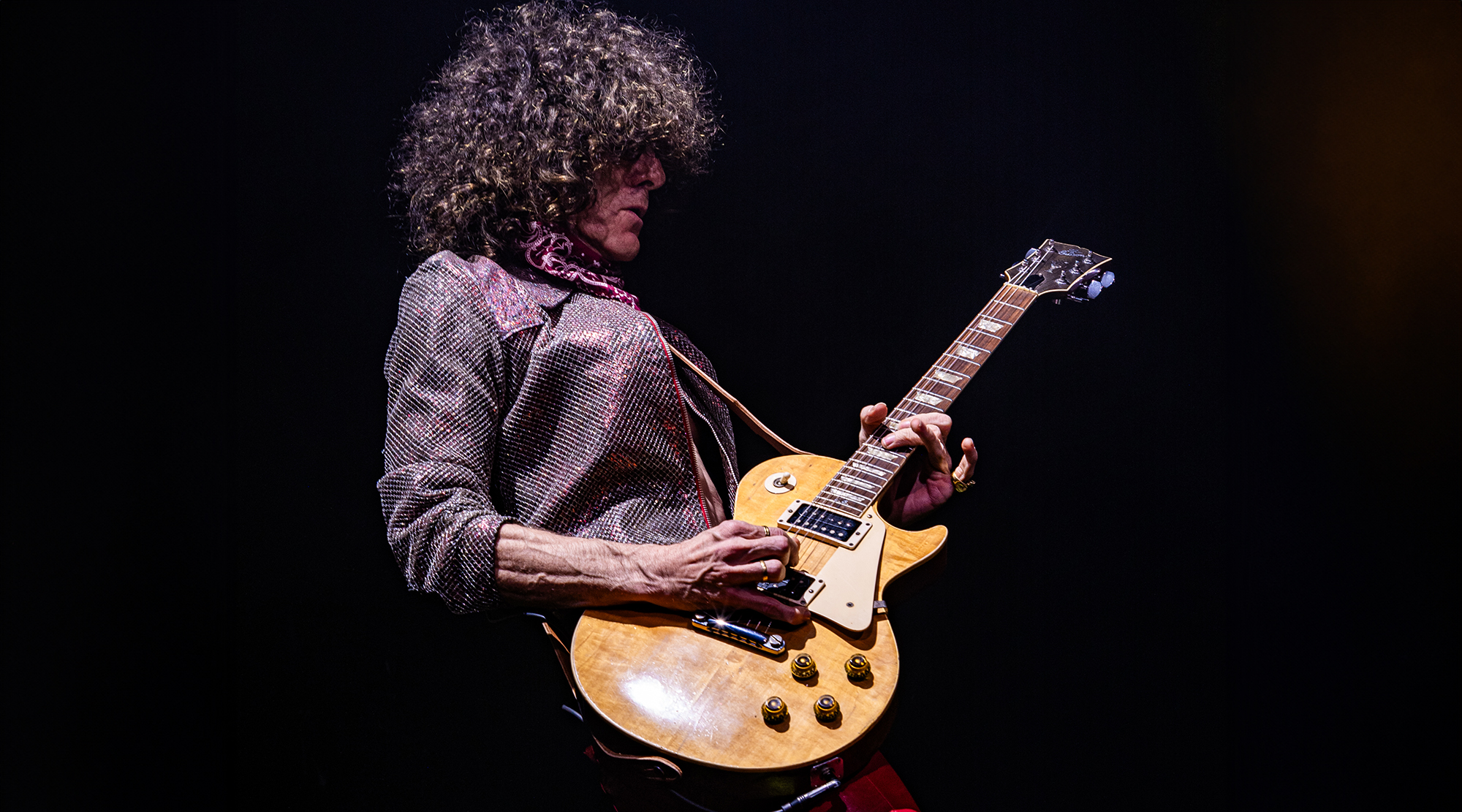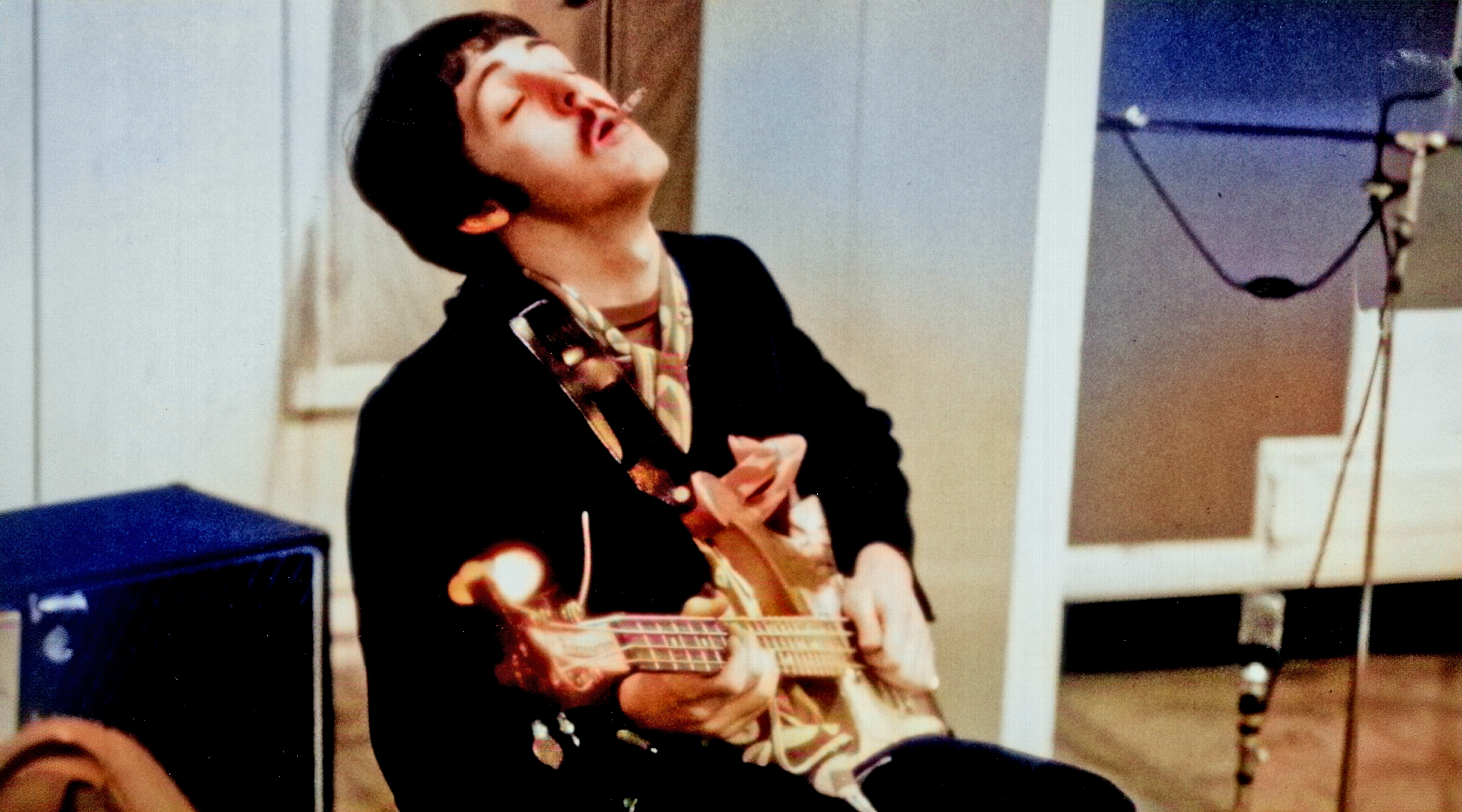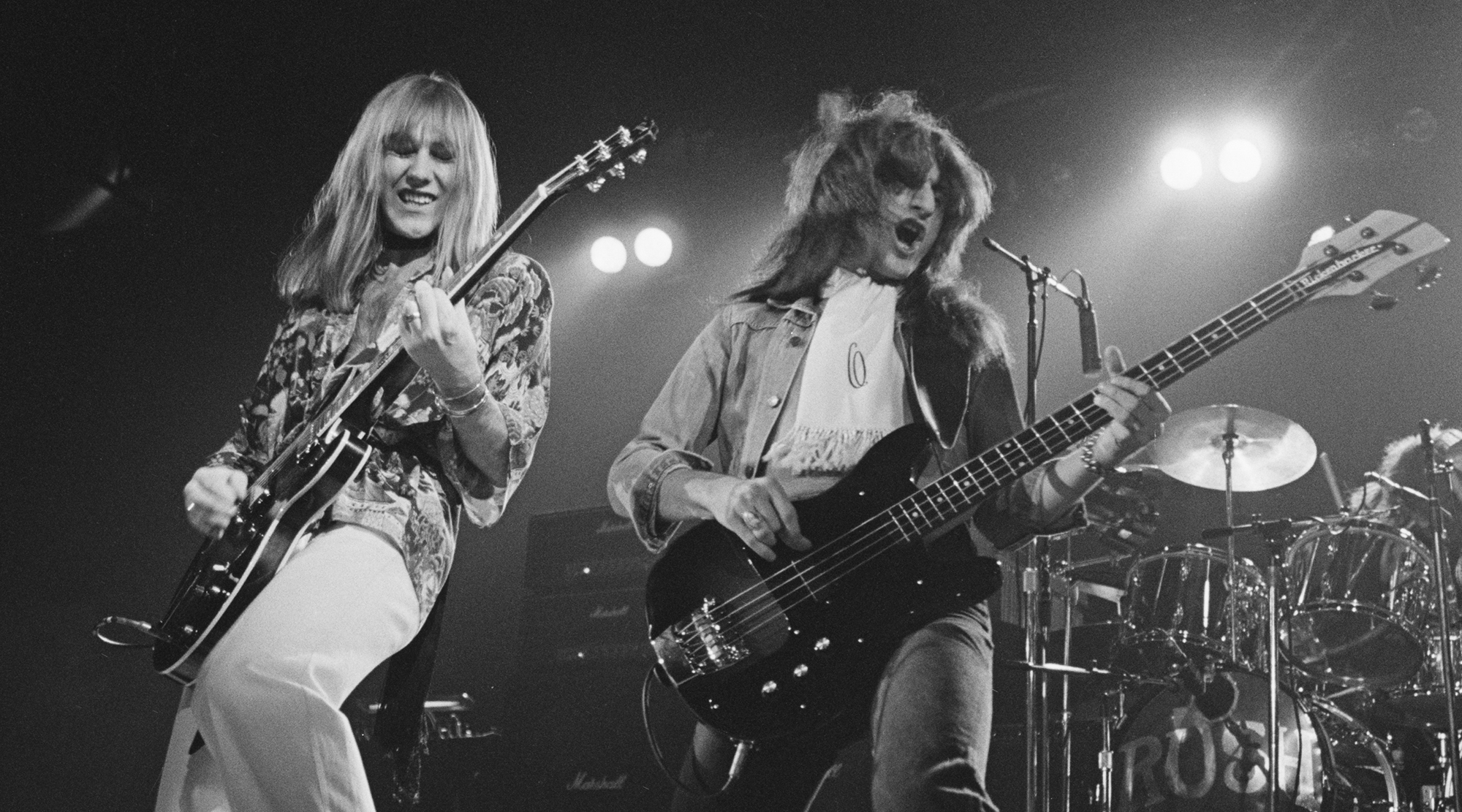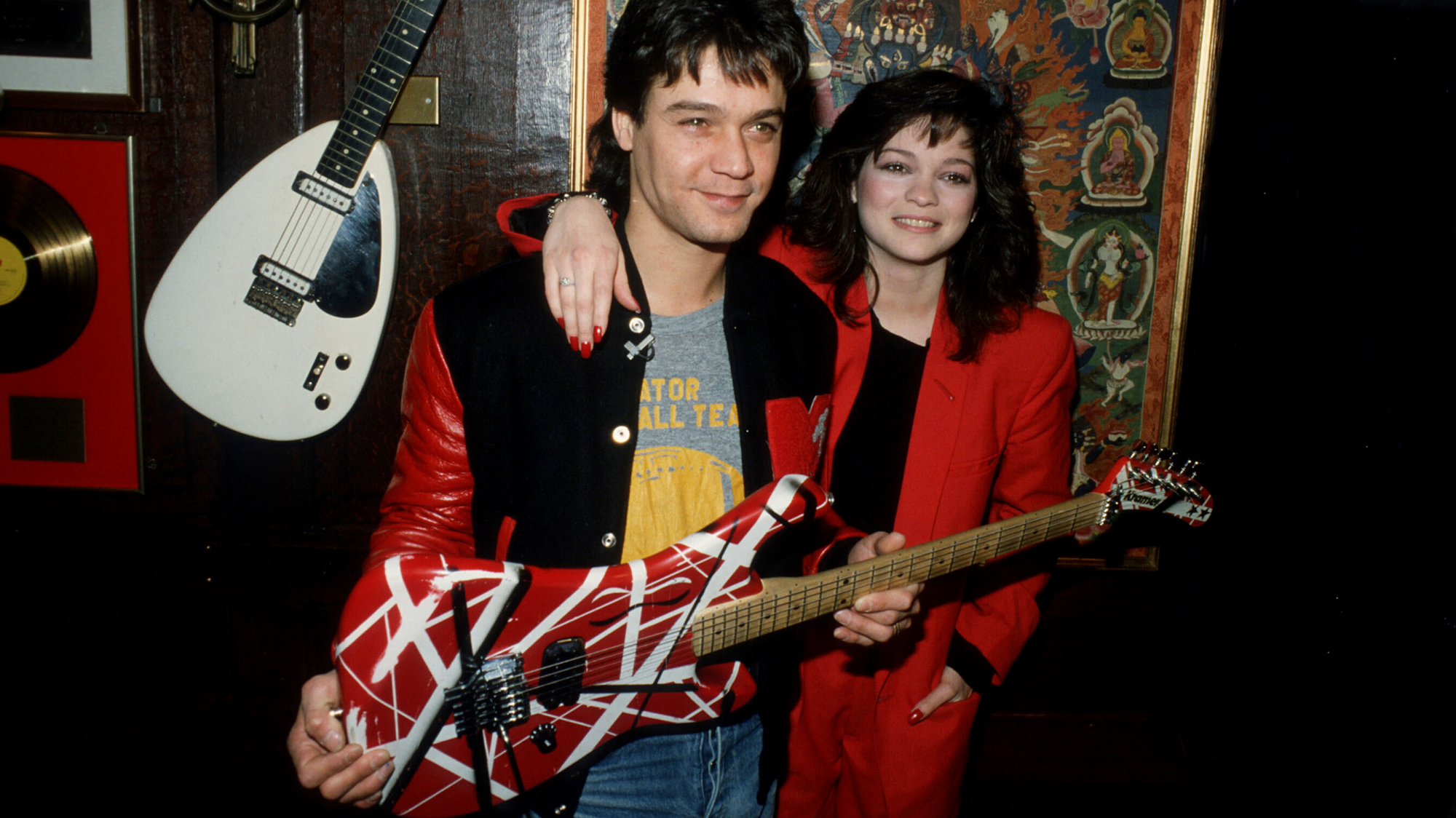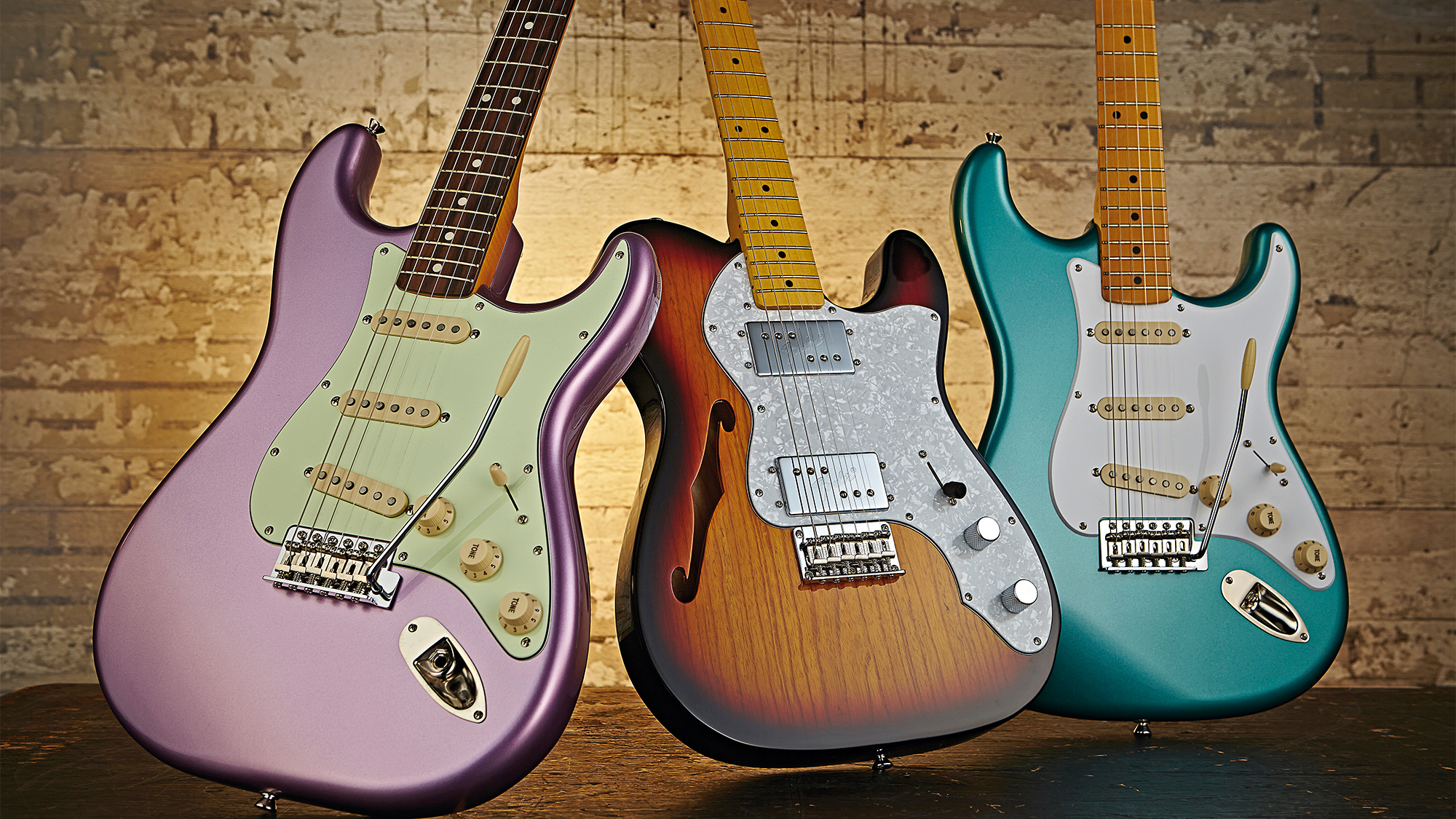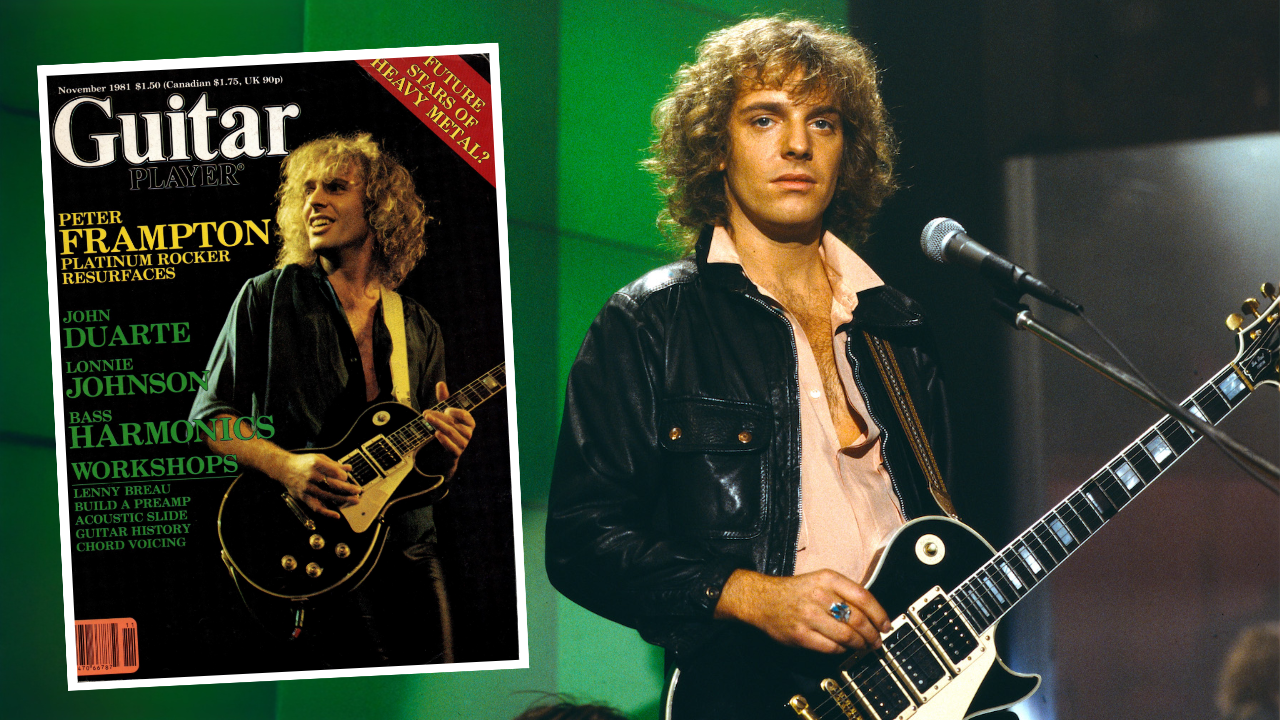"Excuse me, Mr. Dylan? I'm Reb, and that's a Floyd Rose." Reb Beach says he helped Bob Dylan understand how to work the locking trem and earned a nickname in return
The folk rocker was mystified when he tried to tune his Floyd Rose–equipped guitar, leading Beach to step in and lend a hand
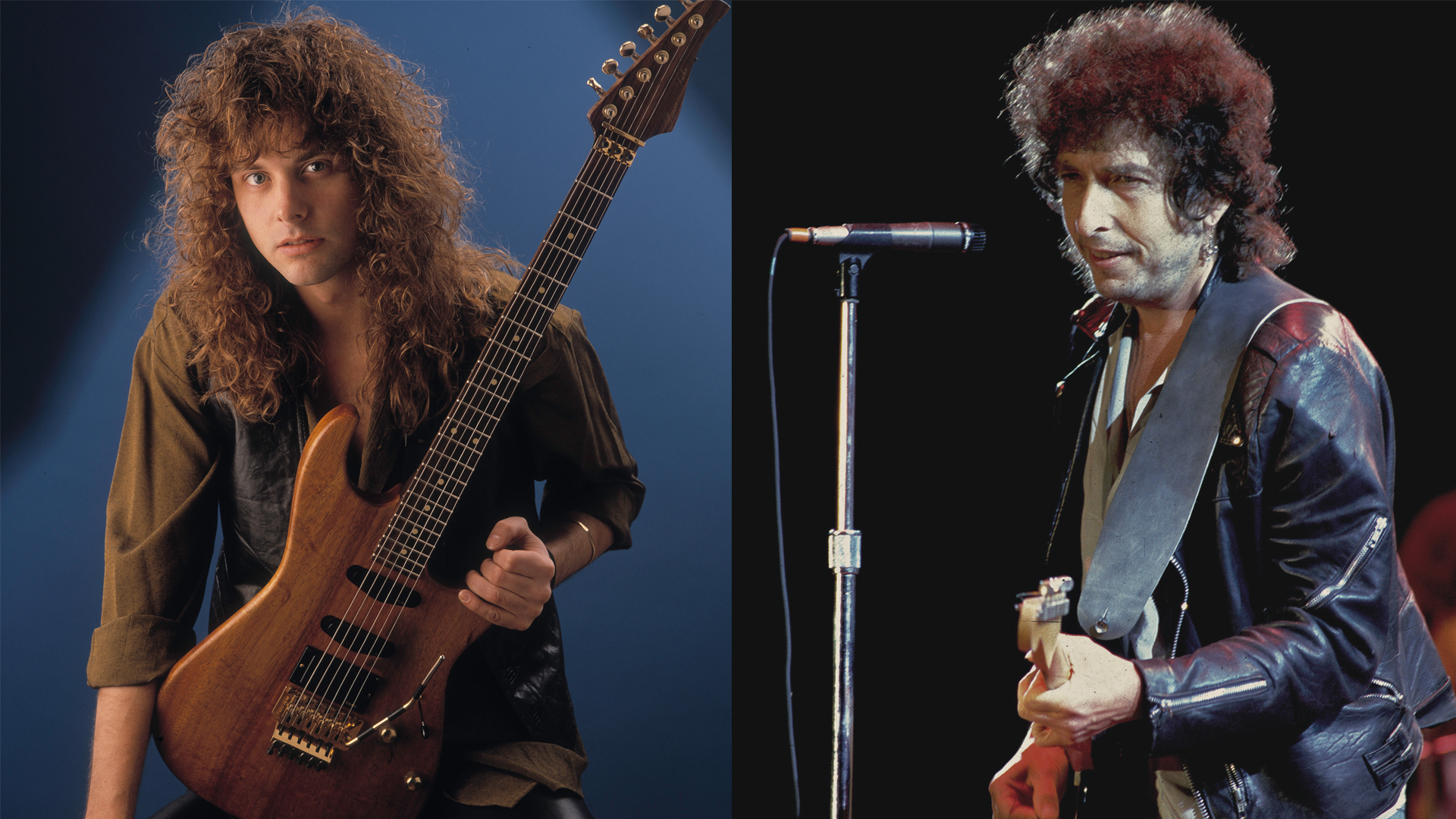
Thanks to gigs with Whitesnake, Alice Cooper, Dokken, and Winger, Reb Beach has had quite the career. But teaching Bob Dylan how to tune a guitar in the late ‘80s might make the cut as his most surreal moment.
It’s unlikely that Bob Dylan is the first player that springs to mind when Floyd Rose tremolos are mentioned, and that’s with good reason. Over his 60-plus-year career, Dylan has mostly played acoustic guitars and some rather familiar electrics from the 1960s, such as Fender Stratocasters and Telecasters, Gibson SGs and Les Pauls and various Gretsch models.
So when the folk-rock icon found himself with a Floyd Rose–equipped guitar slung over his shoulder, he had no idea what to do with it.
It was 1987 and Dylan was shooting Hearts of Fire , his largely panned semi-autobiographical musical drama. Rock singer Fiona had been cast as Dylan’s love interest. Beach was her guitarist at the time and was recruited to perform in the film as part of Dylan's back band.
As Beach tells Masters of Shred, while on the set, Beach saw Dylan trying to tune a Floyd Rose-equipped guitar and becoming increasingly frustrated by the effort. It was Beach who stepped in to help.
“‘Excuse me, Mr. Dylan?,'" Beach said. "'Hi, I'm Reb, I'm playing in your band. I just wanted to tell you, that's a Floyd Rose. It's a whammy bar, and you have to tune it from these fine tuners here on the bridge.”

That may have been Dylan’s first and last time handling such an instrument. They certainly didn't make a good first impression.
Get The Pick Newsletter
All the latest guitar news, interviews, lessons, reviews, deals and more, direct to your inbox!
“He said, ‘Oh, these newfangled things!’ He took it off, didn't even try to tune it, and picked up another guitar,” Beach expands.
Though their first interaction was a rather embarrassing one, Dylan and Beach sparked a friendship that would last the rest of the shoot.
“We played the blues,” he recalls. “The next morning at breakfast, I hear this, ‘Hey, Whammy Bar!’ I turn around. It’s Bob Dylan: ‘Let's jam the blues again today.’ And we did. We jammed the blues every day.”
Beach’s nickname would stick, with the guitarist recalling how “he called me Whammy Bar for those two weeks of shooting. It's really cool.”
Beach wouldn’t get much screen time, and in the shots that made the film, Dylan is playing two fixed bridge guitars – a Fender Telecaster and a Gibson Les Paul. He's a man of creature comforts.
Speaking of Dylan and Telecasters, Robbie Robertson's heavily modded Tele, played by Dylan and Eric Clapton during his time as Dylan's foil, was sold at auction last year for $650,000. That was the guitar that the folk hero played when he first went electric, making it a pivotal part of his storied career.
Two years after his jams with Dylan, Beach said Winger's hit "Seventeen" rescued the band from the brink, and earned them a spot in hair-metal folklore in the process.
Reflecting on his accomplished career with Guitar Player, he revealed how a few pints down the pub gave him the Dutch courage to tackle his "Witness" solo.
A freelance writer with a penchant for music that gets weird, Phil is a regular contributor to Prog, Guitar World, and Total Guitar magazines and is especially keen on shining a light on unknown artists. Outside of the journalism realm, you can find him writing angular riffs in progressive metal band, Prognosis, in which he slings an 8-string Strandberg Boden Original, churning that low string through a variety of tunings. He's also a published author and is currently penning his debut novel which chucks fantasy, mythology and humanity into a great big melting pot.
